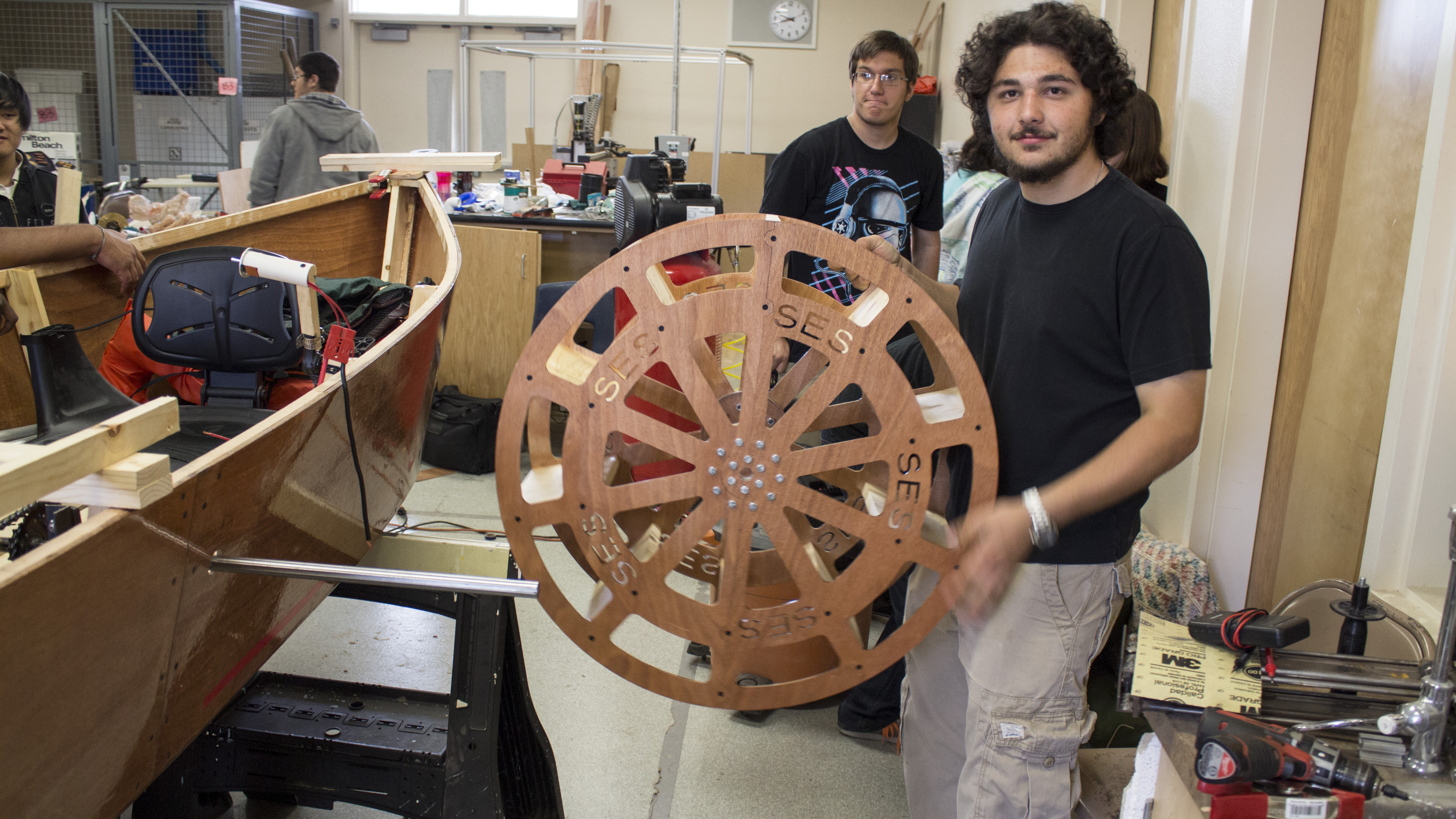As August is World Breastfeeding Month, this is a good time to review district policies and practices to ensure compliance with legal requirements that employees be provided with reasonable break time and an appropriate location to express milk for their infant children. CSBA’s sample board policy BP 4033 – Lactation Accommodation reflects these federal and state requirements and prohibits discrimination, harassment and retaliation against any employee who chooses to exercise her rights under these laws.
6 federal agencies collaborate on new school safety guide
Earlier this year, President Barack Obama proposed a range of initiatives to address gun violence and school safety in response to the school shootings in Sandy Hook, New Jersey. Last week, the Administration did release its “Guide for Developing High-Quality School Emergency Operations Plans,” which provides guidance to school districts and states on everything from school design to planning emergency drills to balancing privacy and student safety.
Common Core State Standards and Local Control Funding Formula dominate State Board agenda
The State Board of Education (SBE) met in Sacramento on July 10 and 11 with much of the agenda appropriately consumed with issues relating to Common Core State Standards (CCSS) implementation, changes to the state assessment system and the newly adopted Local Control Funding Formula (LCFF). For a quick overview, tune into our This Just In feature to learn more.
Teachers are critical to the success of Common Core
If the implementation of the Common Core State Standards is to be successful, it will be because of teachers. All of the planning, budgeting, assessment development and communication won’t matter at all if the efforts are not ultimately focused on preparing teachers. With approximately $200 per student to spend on Common Core implementation over the next two years, boards have work to do. They will need to have a plan for staff to use the funds, hold a public hearing to inform the community, and then adopt that plan at a subsequent board meeting.
Senator Leno joins CSBA in pursuing parcel tax reform
In the June 26 weekly membership eblast, we reported that State Constitutional Amendment 3 no longer addressed the lowering of the parcel tax passage threshold – a key Governance First legislative priority for CSBA.
Governor approves budget
Gov. Jerry Brown signed the 2013-14 State Budget into law on June 27, just in time for the new fiscal year July 1. He “blue-penciled,” or vetoed, only a few items in the K-12 budget.
Executive Committee sees successful Linked Learning programs in action
A recent site visit to the Sacramento School of Engineering and Sciences provided CSBA Executive Committee members and staff with a real-world view of the Linked Learning approach. The students’ high level of interest and deep engagement in their work was evident across the Sacramento City Unified school site.
Summer learning matters, educators and business partners agree
Busloads of students from around the state joined state education, business and legislative leaders at the state Capitol June 20 for the kickoff of the Summer Matters campaign to boost summer learning. “We’re gonna rock with summer learning this year,” State Superintendent of Public Instruction Tom Torlakson told the crowd of students assembled in front of the North steps of the Capitol, ready for the fun, literacy-themed activities to take place throughout Capitol Park after the rally.
SCA 3 now focuses on public records, not parcel tax vote rules
In a move by the legislative leadership, State Constitutional Amendment 3—the amendment initially sponsored by CSBA to permit passage of school-related parcel tax ballot measures by a 55 percent rather than a two-thirds majority—is now a vehicle for a constitutional amendment related to the California Public Records and the Brown Act.
CSBA joins work to link students with college and career opportunities
The Linked Learning approach to high school reform is based on the principle of equity and has a fundamental goal of increasing postsecondary opportunities for California’s Latino, African-American, and low-income students. Common to the Linked Learning approach are the practices of project-based learning, career-themed courses and experience, and personalized support—and reducing the use of practices associated with limiting college prep access, such as tracking and lack of articulation across grade spans.










